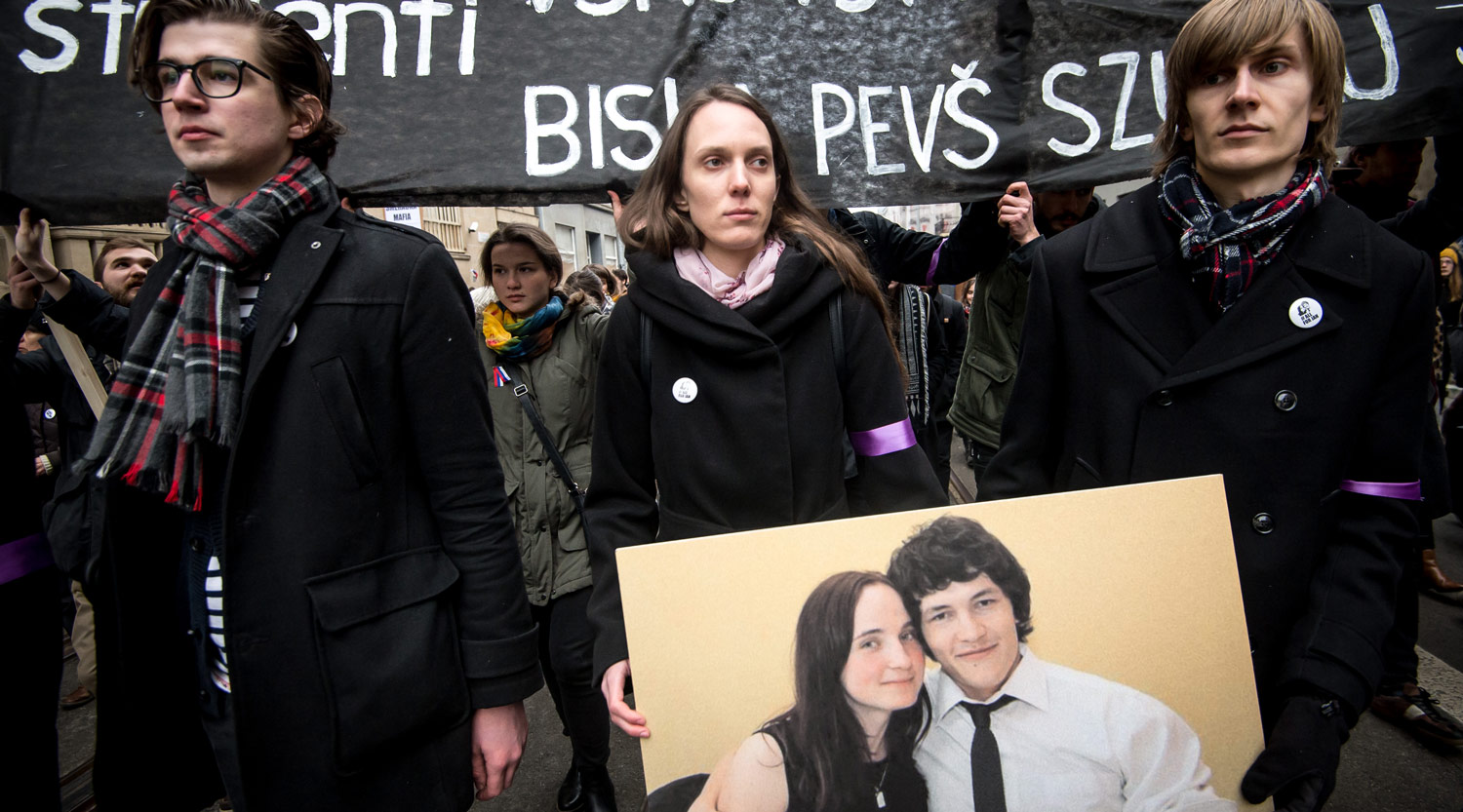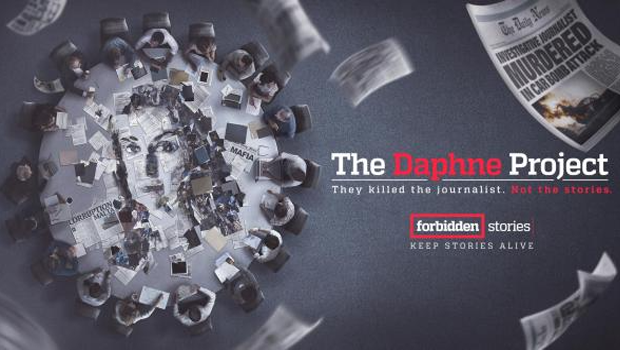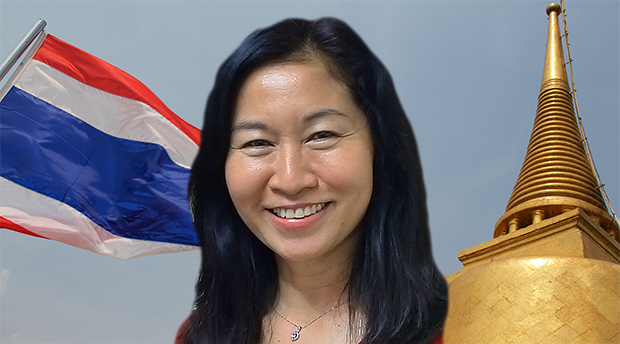Hostility towards the media is spreading from dictatorships to democracies, encouraged by U.S. President Donald Trump’s and other leaders’ attacks on ‘fake news,’ according to the 2018 World Press Freedom Index.
The annual yardstick produced by the advocacy group Reporters without Borders, which measures media freedom in 180 countries, found assaults on the press – ranging from taunts to murder – were becoming graver.
The worst decline in freedom was in Europe, though the region is still the world’s safest for journalists, according to the index. Two murders helped drive the decline. In October 2017, Daphne Caruana Galizia, a prominent Maltese journalist who probed corruption by the country’s elites, was assassinated in a car bomb.
In Slovakia, 27-year old investigative reporter Jan Kuciak and his fiancée Martina Kusnirova were shot to death during Kuciak’s investigation of ties between Slovakian officials and Italian Mafia figures.
Both murders were galvanizing. Kuciak’s led to massive popular protests that ended up toppling the regime of Prime Minister Robert Fico.
The killings also prompted other journalists, including those in the International Consortium of Investigative Journalists’ network, to carry on the work of their late colleagues and continue their efforts to expose corruption.
“The silver lining here is that those who attack journalists are finding that their old, vicious methods are not as effective anymore,” said Marina Walker Guevara, ICIJ’s deputy director. “Investigative reporters are working together in teams, using technology to share data and documents and helping one another across national borders. These networks of collaboration keep stories alive even when a reporter is harassed or killed.”
In the case of Caruana’s murder, 45 journalists from 15 countries joined forces to publish the Daphne Project, a cross-border investigation of both her death and stories she was reporting on at the time of her death.
Following Kuciak’s death, longtime ICIJ media partners at the Organized Crime and Corruption Reporting Project (OCCRP), Czech Center for Investigative Journalism (CCIJ) and the Investigative Reporting Project Italy (IRPI) published Kuciak’s final stories.
Another troubling trend noted in the World Press Freedom Index is increasing efforts to delegitimize and intimidate the press in countries with traditions of democracy. U.S. President Donald Trump has branded the media an “enemy of the American people,” and his attacks on “fake news” to denounce unfavorable coverage have been adopted by authoritarian leaders in nations such as Turkey and Cambodia. Trump’s attacks on the media have led the U.S. to fall two places to 45th in the world in press freedom.
Other leaders of democratic countries who have adopted or encouraged violent rhetoric against the media include Rodrigo Duterte of the Philippines, Narendra Modi of India and Milos Zeman of the Czech Republic. The report noted that “Duterte not only constantly insults reporters but has also warned them that they ‘are not exempted from assassination.’”
“The unleashing of hatred towards journalists is one of the worst threats to democracies,” said Reporters Without Borders secretary-general Christophe Deloire.

Reporters Without Borders also noted a substantial decline in press freedom in the Asia Pacific region, where China is taking censorship and surveillance to new heights, and Vietnam, Cambodia and Singapore rank increasingly close to China among the world’s worst countries for journalistic freedom. These nations have been adopting China’s model of stifling dissent through strict control of mass media and censorship of social media, the press freedom index found.
Although conditions in Africa have improved somewhat from 2017, and three of its most oppressive presidents are no longer in office, Reporters Without Borders called attention to the huge difficulties facing journalists on the continent.
“Frequent Internet cuts, especially in Cameroon (129th) and Democratic Republic of Congo (154th), combined with frequent attacks and arrests are the region’s latest forms of censorship. Mauritania (72nd) suffered the region’s biggest fall (17 places) after adopting a law under which blasphemy and apostasy are punishable by death even if the accused repents,” the report noted.
Norway tops the list of countries where journalists have most freedom, followed by Sweden, the Netherlands, Finland and Switzerland, based on pluralism, media independence, media environment and self-censorship among other factors.
North Korea finished last at 180, with Eritrea, Turkmenistan, Syria and China completing the bottom five. Overall, the 2018 report concludes, journalists around the world face more hostility towards their work in 2018 than they did last year.
Marking World Press Freedom Day, the Australian Press Council awarded ICIJ director Gerard Ryle with the 2018 Press Freedom Medal, alongside journalist and journalism academic Peter Greste. In accepting the honor, Ryle hailed the strength of collaborative journalism in bringing about positive change in the face of a challenging media environment.
“Never have we seen such calculated campaigns of misinformation from positions of authority. It has never been so easy for powerful people to undermine the work of journalists,” Ryle said. “It is more important than ever for journalists to stand together to protect each other and to protect the integrity of our profession.”



